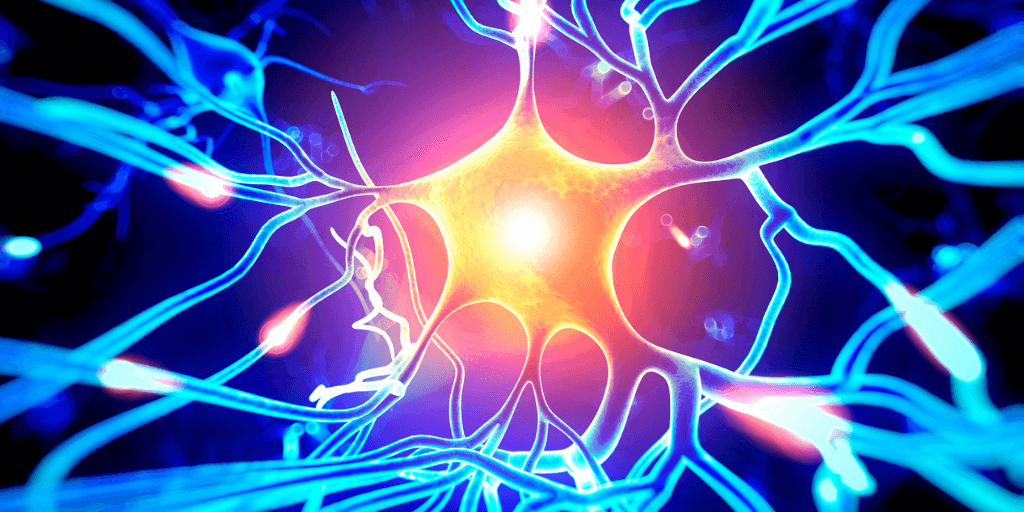Q: Which test is better with localization of the lesion?
A: Electrodiagnostic (EDX) testing remains the gold standard in diagnosing focal neuropathies. It can provide useful differential diagnosis information to determine the site of lesion responsible for hand and foot numbness, e.g., median neuropathy at the wrist versus cervical radiculopathy. On the other hand, ultrasound can provide additional diagnostic information regarding the source of median neuropathy at the wrist, for example, tendonitis, inflammatory arthritis, bone erosions, and/or crystal deposits. Electrodiagnostic studies and neuromuscular ultrasound are complimentary diagnostic tools which provide unique characteristics of the nerve and muscle that serve to guide targeted treatment options by physicians and physical therapists. Sometimes EDX studies come across patients with challenging clinical presentations that have sporadic findings which obscure the localization of the issue. For example, in patients with dermatomyositis, there is frequently an underlying cancer or metabolic issue, such as diabetes, which contributes to the development of the disease. The EDX findings can present as a peripheral polyneuropathy on the nerve conduction studies (NCS) with evidence of a myopathic process with electromyographic (EMG) analysis. Another example is a proximal neuropathy resulting in conduction block. Ultrasound can assist in these cases to visualize areas of inflammation and/or obstruction.
Q: Which assessment tool is superior in diagnosing neuromuscular pathology?
A: Ultrasound is best suited for analysis of structural anatomy1
- Ultrasound is a noninvasive, cost-effective method that enables the evaluation of joint, muscle, and nerve integrity
- Dynamic functional assessment of nerve glide and muscle contraction during voluntary movement
- Helps identify source of compression neuropathy
- Enhances the accuracy of EDX studies with proper placement of electrodes over motor points in atrophied muscle and proper localization of technically challenging and deep musculature in high-risk areas
- Identification of anomalous and anatomic variations in muscles and nerves and reduced false positive related to tissue impedance related to obesity
- Electrodiagnostic testing is best suited for analysis of nerve and muscle physiology and function
- EDX provides physiologic information regarding the neuromuscular system, i.e., the quality and quantity of the muscle and nerve
- How many nerve fibers are responding (axonopathy), how many muscle fibers are responding in a motor unit (collateral sprouting), how fast a nerve is conducting (demyelination), membrane instability, etc.
- Differential diagnosis (C8/T1 cervical radiculopathy vs ulnar neuropathy at the elbow)
- Severity, prognosis, and staging/timeline
- Sequential studies allow the disease progression/regression to be documented and monitored
- EDX provides physiologic information regarding the neuromuscular system, i.e., the quality and quantity of the muscle and nerve
Q: How do these studies complement each other?
A: Regarding specific pathological processes, ultrasound offers essential supportive data to enhance diagnostic efficacy, as described in the examples below.3
- Mononeuropathy
- EDX identifies an ulnar neuropathy at the elbow. Ultrasound helps identify the cause of it, for example, bony spurs, synovial cyst, and/or compression in the true cubital tunnel under the humeral-ulnar aponeurosis.
- EDX identifies an axon loss lesion but is unable to localize. Ultrasound helps assess the nerve from the wrist to the lower brachial plexus.2
- Polyneuropathy
- EDX identifies the chronicity of the neuropathy, the type of nerve fiber involved (motor or sensory) and can monitor disease progression over time. Most polyneuropathies are axonal loss, which is readily assessed on EDX, but ultrasound can provide useful information with acquired demyelinating polyneuropathies by looking for evidence of hypertrophic nerves.
- Motor Neuron Disease (MND)
- Ultrasound is extremely useful in detecting fasciculations, which is essential to the diagnosis of ALS and motor neuron disease.
- EDX is the gold standard for the diagnosis of MND requiring electrophysiologic evidence of denervation and reinnervation. Recent research has accepted the presence of fasciculations and reinnervation as evidence of continual lower motor neuron loss.3
- Myopathy
- EDX helps to confirm this diagnosis and identify the type and characterization of myopathy:
- Category
- Proximal, distal or generalized myopathy
- Most are proximal
- Myotonic dystrophy type 1 affects distal muscles
- Critical illness myopathy can be generalized
- Proximal, distal or generalized myopathy
- Symmetry
- Inclusion body myositis may present asymmetrically
- Polymyositis and dermatomyositis are symmetrical
- Electromyographic abnormalities:
- Most myopathies have minimal spontaneous activity
- Inflammatory, necrotic, toxic, or dystrophic may be associated with active denervation and abnormal spontaneous activity
- Myotonic discharges also significantly narrow the differential diagnosis
- Category
- Ultrasound is limited in myopathies but may be useful in identifying the pattern of muscle involvement
- For example, inclusion body myositis is highly likely in the case of asymmetry with sparing of the rectus femoris muscle in comparison to the other quadriceps muscles and involvement of the forearm finger flexors.
- EDX helps to confirm this diagnosis and identify the type and characterization of myopathy:
Conclusion: EDX has limitations in non-localizable lesions and anomalous innervations. Ultrasound has limitations in the type of neuropathy/diagnosis and severity of the condition which dictates immediate intervention or conservative treatment. Ultrasound serves a role comparable to MRI by providing images of an issue with information regarding the cause of neuropathy. Together, they create a well-rounded diagnostic assessment that combine to enhance accuracy, develop targeted treatment plans, and optimize patient outcomes.
References:
- Ghaly B, Ghaly S. The Use of Neuromuscular Ultrasound and NCS/EMG Testing in the Differential Diagnosis of Carpal Tunnel Syndrome and Radiculopathy. Neurodiagn J. 2019;59(1):23-33. doi: 10.1080/21646821.2018.1553873. Epub 2019 Jan 2. PMID: 30601727.
- Alrajeh M, Preston DC. Neuromuscular ultrasound in electrically non-localizable ulnar neuropathy. Muscle Nerve. 2018 Nov;58(5):655-659. doi: 10.1002/mus.26291. Epub 2018 Sep 11. PMID: 29981241.
- Preston, D.C, Shapiro, B.E. Electromyography and Neuromuscular Disorders: Clinical-Electrophysiologic-Ultrasound Correlations, 4th edition. 2021.

EMG Solutions 2021 Clinical Electrophysiology Resident
Special Thanks to Beshoy Ghaly, DPT, RMSK, ECS for his input and correspondence on the topic of Neuromuscular Ultrasound.



